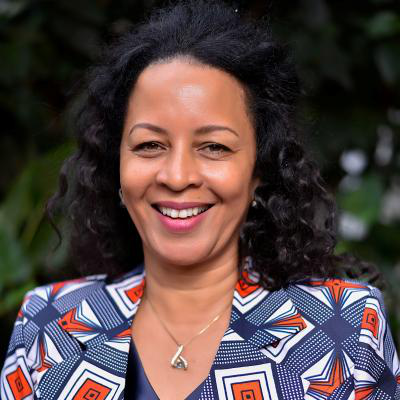Description
A context analysis to understand current agroforestry practices and tease out options for farmers to manage agroforestry practices in the context of expected climate change in Laikipia East sub-county will be conducted. Laikipia County experiences high levels of poverty (57.3%) with the poor in the county having limited access to basic needs such as food among others. Poverty is severe among women due to inequality, limited access to and ownership of land, insecurity, lack of income-generating opportunities, isolation in essential economic services, and decision-making. The county has a population of 518,560 people according to the 2019 Kenya Population and Housing Census report. The main economic activities of the rural communities in the county include pastoralism, agro-pastoralism, and crop farming. Laikipia is an Arid and Semi-Arid Land (ASAL) County, thus faces water scarcity. The county is drained by Ewaso Nyiro North basin tributaries (Nanyuki, Timau, Rongai, Burguret, Segera Naromoru, Engare Narok, Moyok, Ewaso Narok, Pesi and Ngobit rivers) that have sources in the slopes of the Aberdares and Mt. Kenya. These rivers and two major swamps (Marura and Ewaso Narok) largely determine livelihood patterns in the County. The water scarcity situation is further aggravated by other challenges that include climate change/variability with frequent droughts and unpredictable weather patterns leading to increased incidences of pests and diseases, seasons of hunger, loss of grazing areas, deforestation and land degradation, reduced ground water recharge coupled with increased runoff and increase in invasive species. In addition, there is limited support to tree nursery operators who are the key suppliers of planting materials, most of which do not meet the recommended standards, thus further hampering land restoration and agroforestry efforts.
These challenges resonate with those of other ASAL counties like Makueni county. Communities use woodfuel (firewood and charcoal) as a source of cooking fuel and charcoal is produced in the ASALs as a livelihood strategy, however unsustainable and inefficient practices result in negative impacts. Thus, with the lessons learned from an ongoing project in Makueni county and the outcome of this study, ICRAF implements the project interventions in Laikipia to adapt and scale out context-appropriate and gender-responsive agroforestry and livelihood approaches in the selected sites in Laikipia East sub-county.






















